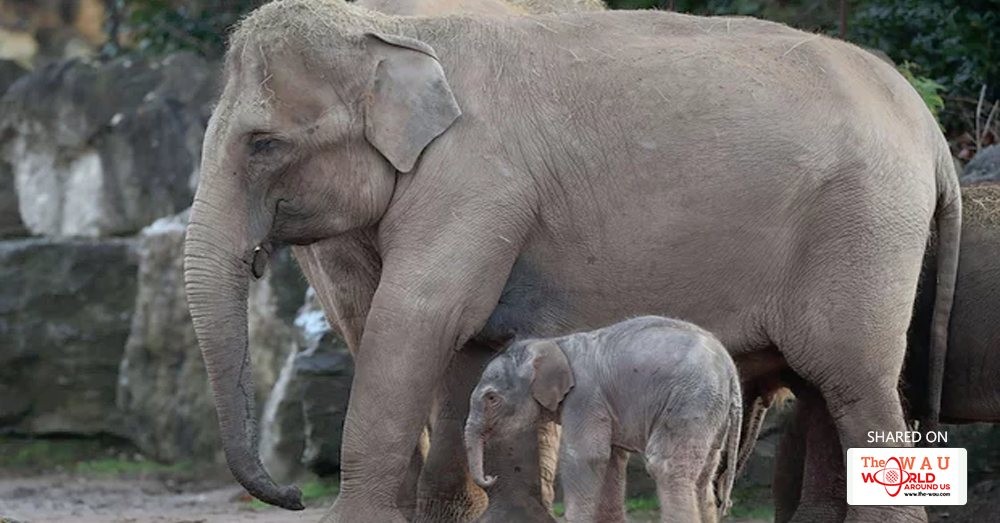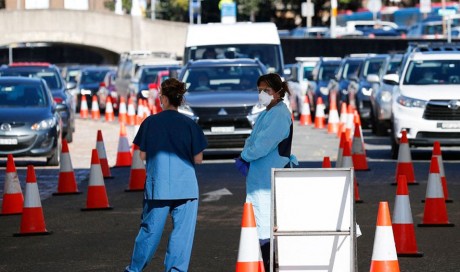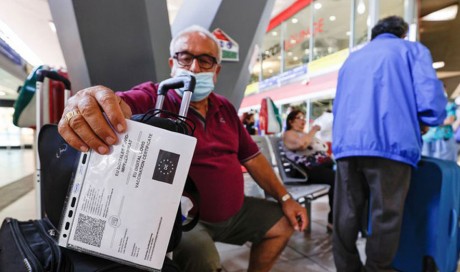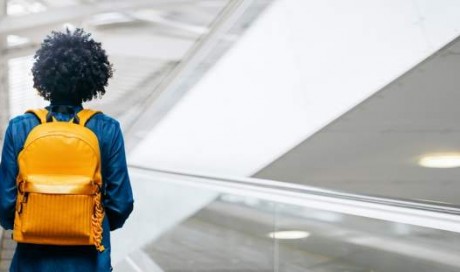In the latest warnings about the effects of a post-Brexit future, it isn’t just humans who could be affected. The British and Irish Association of Zoos and Aquariums has said that leaving the EU without a deal could threaten already endangered species, whose survival depends on easy access to Europe-wide breeding programmes.
At the moment, breeding progammes in Europe are overseen by the European Association of Zoos and Aquaria (EAZA), and work efficiently thanks to shared resources and free movement. “I think the lack of clarity [over post-Brexit legislation] is the largest concern for us,” says Zak Showell, animal records registrar at Twycross zoo. “There are more than 400 breeding programmes operated by EAZA. These breeding programmes are there to ensure the genetic and population survival of those species we have in captivity.”
Computer software does the matching. Each breeding programme has a coordinator who monitors the populations kept in captivity, and if it is time to move an animal – if there is a lone animal, or it is old enough to leave its family group, or a new zoo requires that species – they will contact the zoo and recommend it be involved in a breeding programme.
“It’s all done incredibly cooperatively between the breeding programme coordinators and the zoos involved,” says Showell. Animals are not “owned” by each zoo, so it’s not really a case of loaning one out to mate and then getting it back – animals are moved around all the time. “We’re all working towards a common goal of sustaining a population.”
So how do you move an animal? It is relatively easy to move smaller ones, who are often transported in the hold of commercial passenger or freight planes, although Showell says some zoos have chartered flights to move large groups of animals.
But Twycross zoo is about to move four Asian elephants to Europe. “First, we need to think about the crate,” he says. It needs to be robust, of course, and comfortable.
“We then need to train the animal to go into that crate. It’s not a case any more of forcing an animal in.” The zoo doesn’t yet know exactly where its elephants will be moving to but, when the time comes, the crates will be transported on a specially adapted articulated lorry.
There are specialist animal movers in Europe with the right equipment. A giraffe won’t fit in a plane hold, for instance.
“We received some giraffes a few years ago. One came from Ireland – he was put into essentially a giant horse box with an adjustable roof, which could be made as tall as needed. That was pulled by a truck and on to a ferry,” says Showell. And sometimes zoos have the ability to move the animals themselves. “I had a colleague at a different zoo go and pick some bears up,” he adds.
Brexit won’t necessarily stop this altogether, but as with the movement of people, it will probably make it harder.
Share This Post















